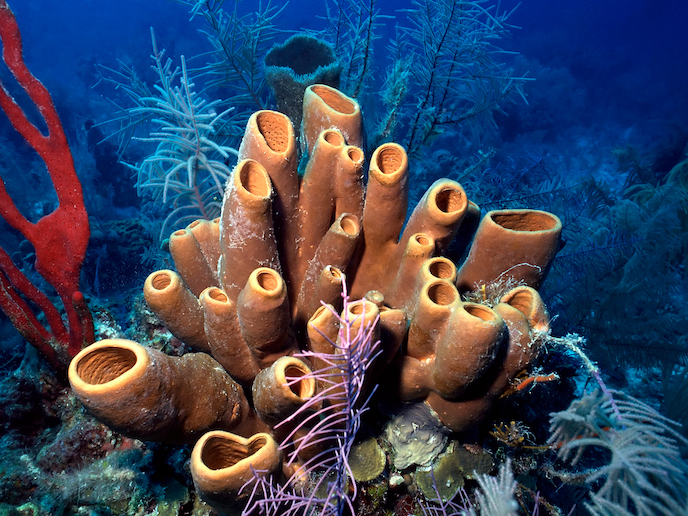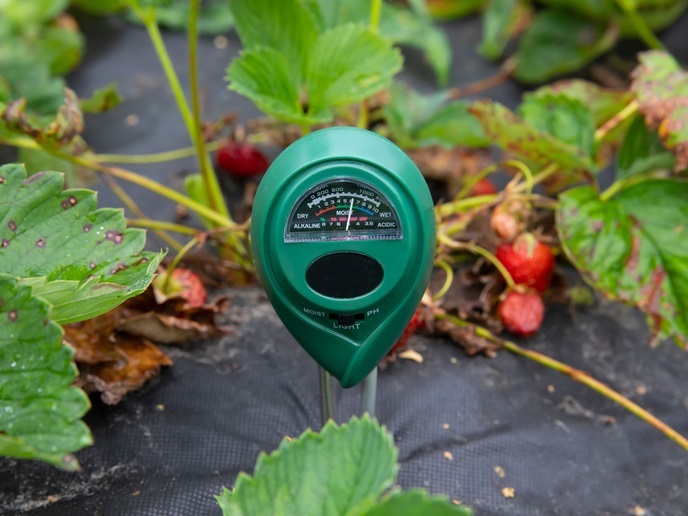Deep-sea sponges reveal evolutionary secrets
Sponges(opens in new window) are fascinating, ancient animals that can be found on reefs and sea floors and in rivers and lakes around the world. They are among the most primitive animal groups alive today, and are possibly some of the first animals to have ever appeared on Earth. They can comprise half the biomass of a reef, and come in a variety of shapes, colours and sizes with more than 9 000 species identified so far. “Sponges are a vitally important species in marine environments,” explains DeepSym project coordinator Ana Riesgo(opens in new window), principal researcher at the Natural History Museum(opens in new window), United Kingdom. “They play an essential role in maintaining the ocean’s health.” One key role that sponges perform is to transform suspended nutrients in the water into biomass, thanks to their large filter-feeding capacities. This is how these animals create their sponge-like bodies, which can range in size from a few centimetres across to over 2 metres high. “This provides shelter for other animals to live, escape predators and reproduce, thus increasing biodiversity,” notes Riesgo.
Symbiotic relationships
The DeepSym project, which was undertaken with the support of the Marie Skłodowska-Curie Actions(opens in new window) programme, was launched to take a closer look at these often-overlooked animals. In particular, the project sought to better understand the importance of the symbiotic relationship between sponges and microbial communities in the water. “Sponges rely on microbial communities for nutrition, health and chemical defence,” explains Marie Skłodowska-Curie fellow Cristina Diez from the Natural History Museum. “To maintain a highly specific set of microbes, sponges filter and select microbial symbionts(opens in new window) from the surrounding seawater, thanks to a finely tuned immune system.” This sponge microbiome is known to be species-specific. This means that every member of a particular sponge species shares a similar microbial assemblage, regardless of their geographical location. In contrast, two sponges from different species that coexist in the same area will present a very different microbiome(opens in new window).
Deep-sea lifestyles
The goal of the DeepSym project was to learn more about the various characteristics of the sponge microbiome. To do this, Diez focused on the microbial composition and metabolic functionality(opens in new window) of deep-sea sponges. “What we found was that our target sponges harboured a very similar microbiome, and functioned in very similar ways,” says Diez. “This situation was highly unexpected, because if we look at shallow-water sponges, even closely related species show highly dissimilar microbiomes.” Diez believes that in the case of deep-sea sponges, the extreme similarity in composition and function of the microbiome is most likely a response to an adaptation to a deep-sea lifestyle. “Overall, our results point to a very specific physiological need,” she adds. “Living in an extreme habitat has led to the evolution of a consistent, finely tuned microbiome that provides ecological advantages to the sponges.” In doing so, the DeepSym project has shone a light on how microbiome changes follow the evolution of the sponge host. Analysing these changes could help scientists identify alterations in the marine environment, as well as the marine ecosystem that sponges help to support. Secondly, the fact that deep-sea microbes perform unexpectedly similar functions in sponge species with different microbiomes suggests that symbionts have also learned to adapt to extreme deep–water environments. “These results will now be followed up with more sponge species across more locations,” says Diez.







